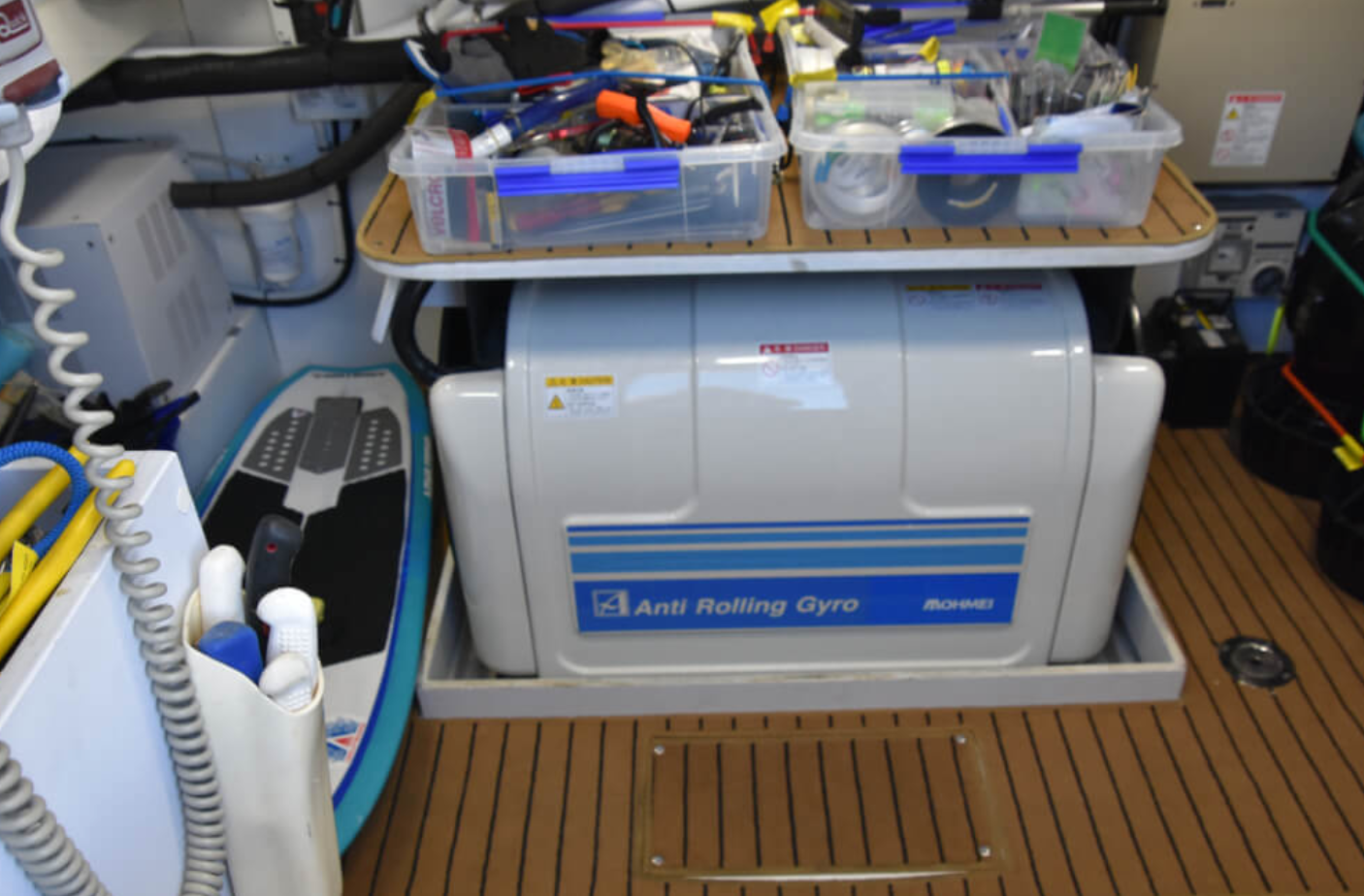Gyroscopic Stabilizers, Part 2: AC Powered Units

In part two of our look at gyroscopic stabilizers for boats, we focus on the AC options. In the previous piece, we looked at DC gyros that were suitable for the larger trailer boat and small cruiser market. When it comes to the bigger units a generator is generally required, so this article focuses on AC gyros (some of the smaller units are also DC) for the big-boat market.
Gyros first started appearing in pleasure yachts around 2000 when Mitsubishi Heavy Industries (now renamed Tohmei) teamed up with Ferretti Group with an exclusive agreement to put their gyros into the company’s branded motor yachts. Over time, the market started to accept the stabilizers and manufacturers like Seakeeper and Quick gained notoriety.
The stability of a boat is influenced by several factors including the hull shape, the displacement, the mass distribution, the gyro installation position and sea conditions. The rolling motion is the most dangerous since it affects the vessel stability and it’s the one on which the first reduction studies have been carried out. More overside rolling is the main cause of sea sickness, especially in long waves.
Rolling is the oscillation of the boat around its longitudinal axis. Since vessels are much longer than larger, as a consequence side oscillation scan be felt much more.
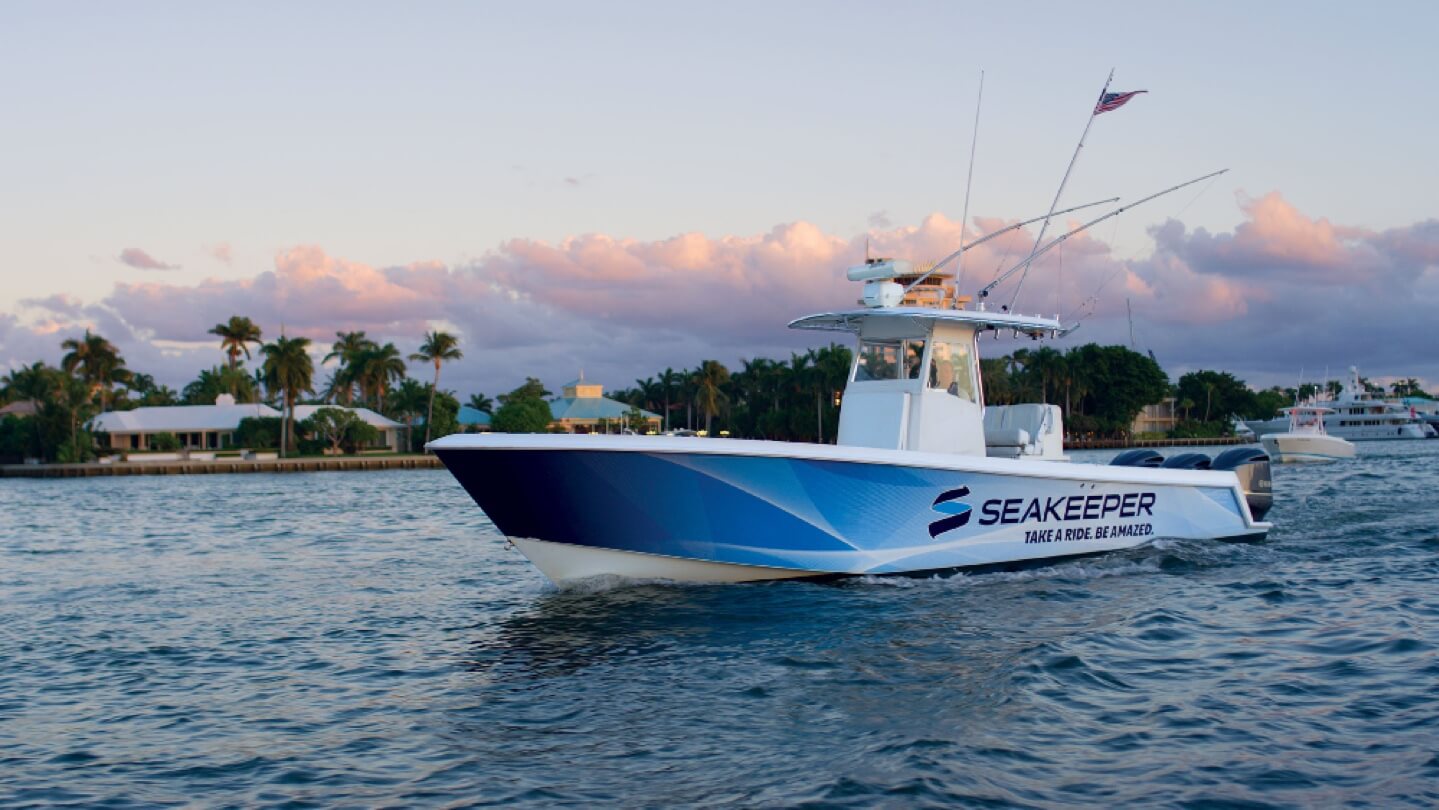
The Basics
All gyros consists of three fundamental parts; the flywheel, the gimbal and the dampening system. The flywheel’s size and speed of rotation determine a factor called angular momentum. The gimbal lets the flywheel rotate around an axis perpendicular to the spin axis. The velocity at which the gimbal rotates (precession), in reaction to the boats roll, is a factor called angular velocity. The damping system controls the rate at which the gimbal is allowed to precess. Damping systems can be passive or active depending on manufacturer.
A single or multi gyro set-up doesn’t have to be on the centerline and can go just about anywhere that’s convenient.
When installing a gyro it pays to take into consideration the boat’s center of gravity and balance. Deeper in the boat is probably best. You also need to ensure there is plenty of ventilation if installed in a confined space. Because they are not totally silent, it’s advisable to install in a soundproof space, e.g. engine room.
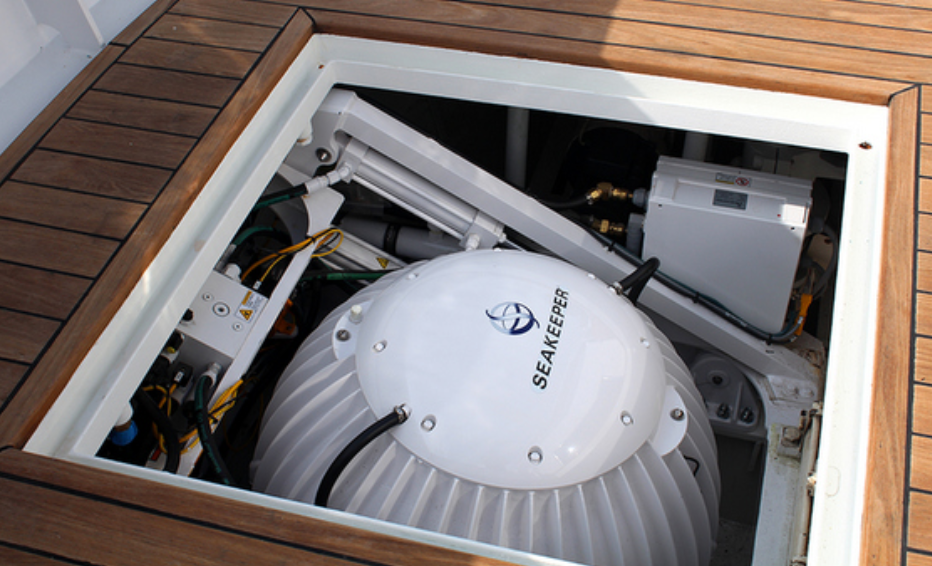
You also need to ensure that the selected place is steady enough to transfer the generated torque to the hull. The longitudinal stringers are a good choice. The last thing you want is a wayward gyro spinning at thousands of rpm detaching from its mounts and exiting the boat through the side of the hull.
Three of the most popular stabilizer brands are Seakeeper, Quick and Tohmei. They all do the same job of stabilizing a boat, but each has a different take on how the system works. Part One went into much more detail about how each system functions, so we’re presenting a more condensed version to at least understand the principles.
Seakeeper
Seakeeper promotes angular momentum as the true measure for how effective a gyro is. Angular momentum is a force measured in Newton-meter-seconds, or N-m-s, that determines the total amount of torque available over time.

Greater angular momentum indicates a higher roll reduction potential for gyroscopic stabilizers. The Seakeeper 18 (18,000 Nm of angular momentum) is more powerful than the Seakeeper 1 (1,000 Nm).
The faster a gyroscope precesses, the higher its peak torque value. However, a faster precession speed significantly reduces the amount of time the peak torque can be applied. Seakeeper says that a wave going under a boat is what is what it calls a “wave period” and it doesn’t happen instantaneously. Because of this, Seakeeper says the most effective use of a gyroscope’s angular momentum is to spread the torque over a period of time that matches the wave period.
Seakeeper’s range includes 11 AC models, if you include the three heavy-duty units specifically designed for commercial and military vessels. The smallest AC unit, the Seakeeper 5 weighs 870.83 lbs. (395 kg) and is designed for 39’ to 49’ (12 m to 14 m) boats with a displacement of up to about 40,000 lbs. (18,000 kg). The Seakeeper 6 packs a punch in a compact, efficient package suitable for boats between 49’ and 52’ (15 m to 16 m), and up to 48,500 lbs. (22,000 kg.). There are many factors that go into determining that one 46’ (14 m) vessel should have a Seakeeper 5 while another should opt for the Seakeeper 6. For example, the Seakeeper 5 and Seakeeper 6 share the same footprint, but the Seakeeper 5 costs less for less stabilizing power. Most people don’t opt for multiple units unless they need to so it pays to but the one that is best suited to a boat.
Seakeeper names its units by the Nm of angular momentum so if a Seakeeper 9 has 9000 Nm of angular momentum while a Seakeeper 26 has 26000 Nm. The Seakeeper 35 is a beast, with 35000Nm of angular momentum. It weighs , weighs in at 3,919 lbs. (1778 kg) and is designed for boats up to 198,000 lbs. (90,000 kg), with an LOA of more than 85’ (26 m).
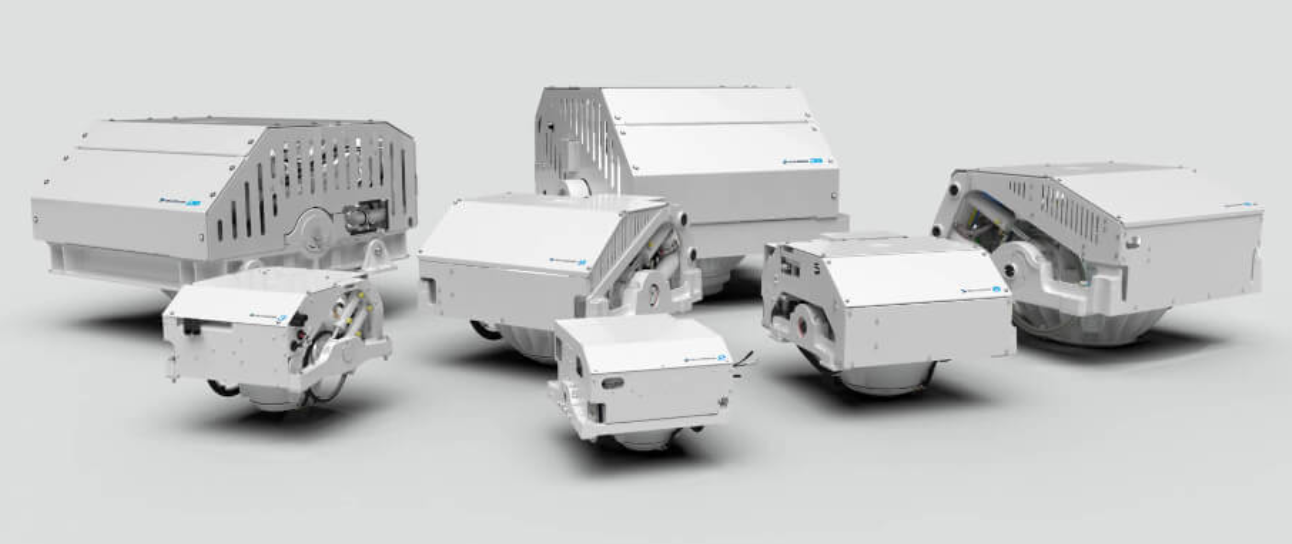
Quick
Quick promotes the torque or maximum torque as the main contributor to roll reduction and its units have unique features. First, it is the only gyro maker with a vertically spinning mass (not horizontal). This generates the same anti-roll torque/output torque as traditional horizontally spinning gyros but in a simpler smaller way. Side bearings “share” the weight of the mass as opposed to the bottom bearing doing all the hard work. This means a comparatively heavier mass that spins at lower RPM can achieve the same anti-roll performance.
Quick claims that the vertically spinning mass also means reduced track deviation in big following or beam seas. Quick stabilizers also have air-cooled (not water cooled) bearings, meaning there are no water pumps to maintain, no risk of electrolysis, no anodes to replace and no risk of air getting into the cooling pumps.
Additionally, Quick gyros spool up more quickly and an owner can shut one down and walk away.
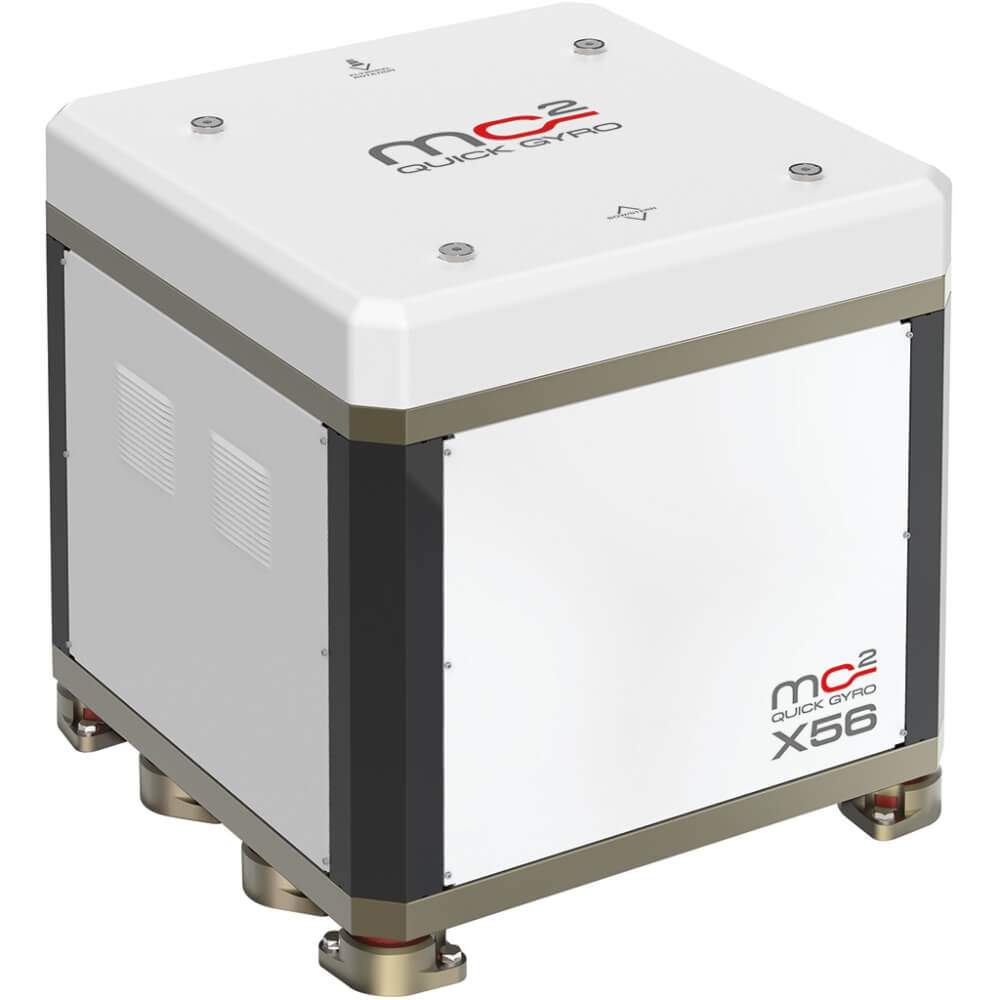
Quick recently released two new models, the MC2 X10 and the MC2 X75, to complement its existing nine-model AC range. The MC2 X75 is Quick’s most powerful unit with an output torque of 75000 Nm and designed for the superyacht market. The MC2 X10 fits in between the MC2 X7 (6678 Nm of torque) and the MC2 X13, with a rated output of 12850 NM. Overall Quick has 16 DC and AC models.

Quick’s 11 AC models range in anti-rolling torque output from 5560 Nm to 55882 Nm and overall, they also have the smallest footprint, are generally the lightest and the patented vertical spinning mass in the MC²X makes the units more compact. The smallest of the AC units, the MC2 X5 weighs in at 562.18 lbs. (255 kg) and with a base that measures not much more than 5.4 sq. ft. (½ sq. m.), it is well suited to larger trailer boats or small cruisers where a generator is an option.
The X13 AC has been designed to be installed on smaller size boats and is perfect for larger center console or day boats. However, if you want something with a little more grunt, there is the X16 (16359Nm) and X19 (18700Nm), which are all housed in the same compact shroud.
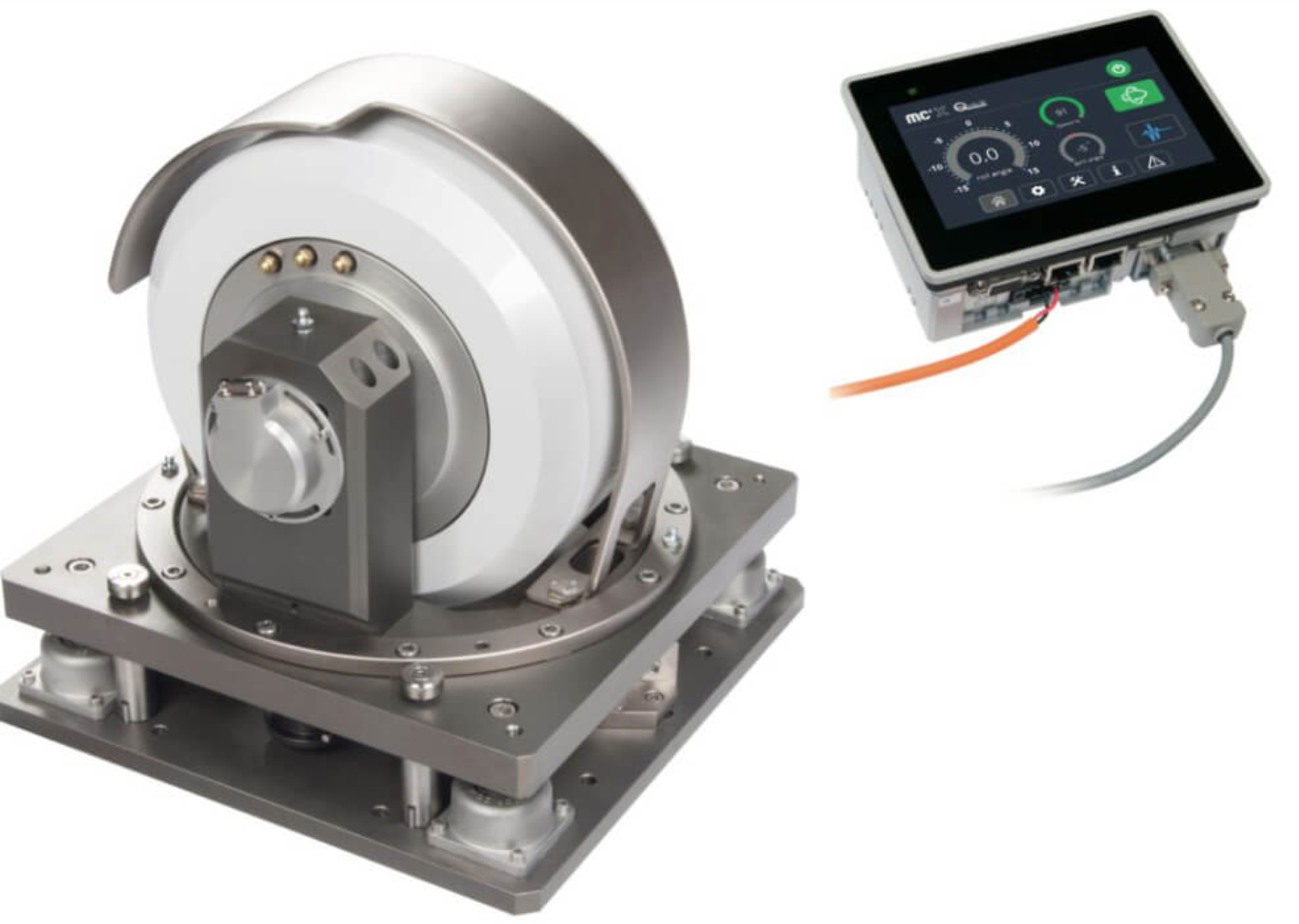
Tohmei
Mitsubishi Heavy Industries has a long history in the development of gyro for stabilization purposes. From 1981 to 1987 MHI developed a gyro for space-station stabilization. This system obviously had to be built to high standards and be reliable.
From 1991 to 2000 MHI conducted various studies and trials on passive, active, vacuum chambers, helium-filled chambers etc., with the goal of commercializing the gyro product for other uses including vessel stabilization. The previous developments and the results of the studies resulted in the development of a robust and reliable passive design. The marine products were recently rebranded Tohmei.
The Tohmei Anti Rolling Gyro stabilizer (ARG) is a passive gyro stabilizer system based on simplicity with no high-pressure water and hydraulic hose systems and with no computer controls. Its passive control does not require an electric control unit, resulting in few failures and a high safety level. Also, the passive system does not require any regular maintenance other than occasional visual inspections.
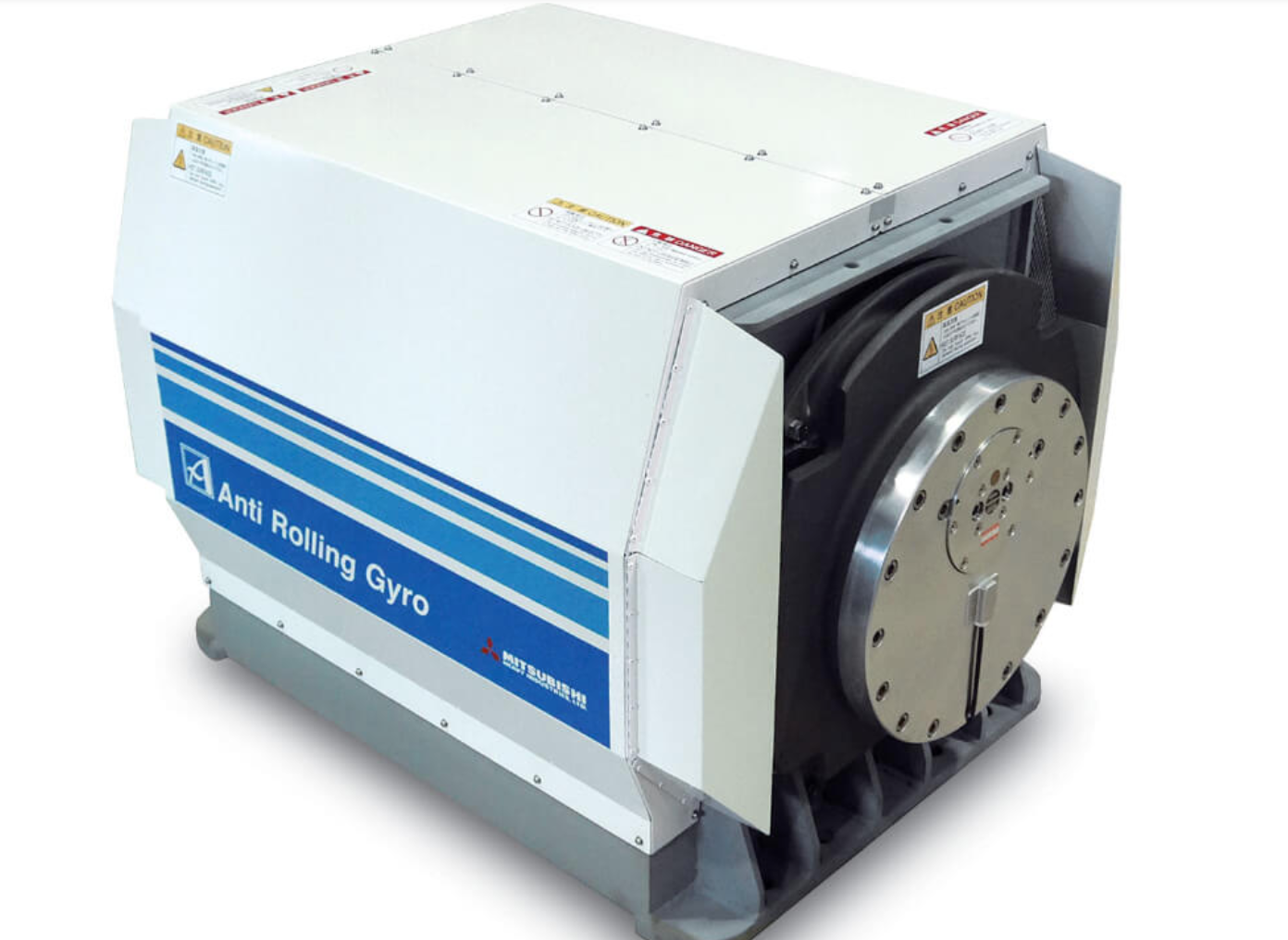
The Tohmei ARG is designed to cool itself with air flow in the unit generated by a spinning flywheel. There are no external water hook-ups, no high-pressure oil lines and no exposed moving parts. This makes it safer and more reliable. The ARG starts with the flick of a switch and works efficiently at trolling and zero speeds.
Tohmei has a five-models line up with the ARG50T (DC Powered) and ARG65T (AC Powered) for smaller vessels to 22,000 lbs. (10,000 kg) of displacement. The three larger models, ARG175T (17500 Nm of torque), ARG250T (25000 Nm of torque) and the top of the line ARG375T (37500 Nm of torque) are all AC only and designed for larger motor vessels. Multiple units can be installed where more anti-rolling torque is required.
